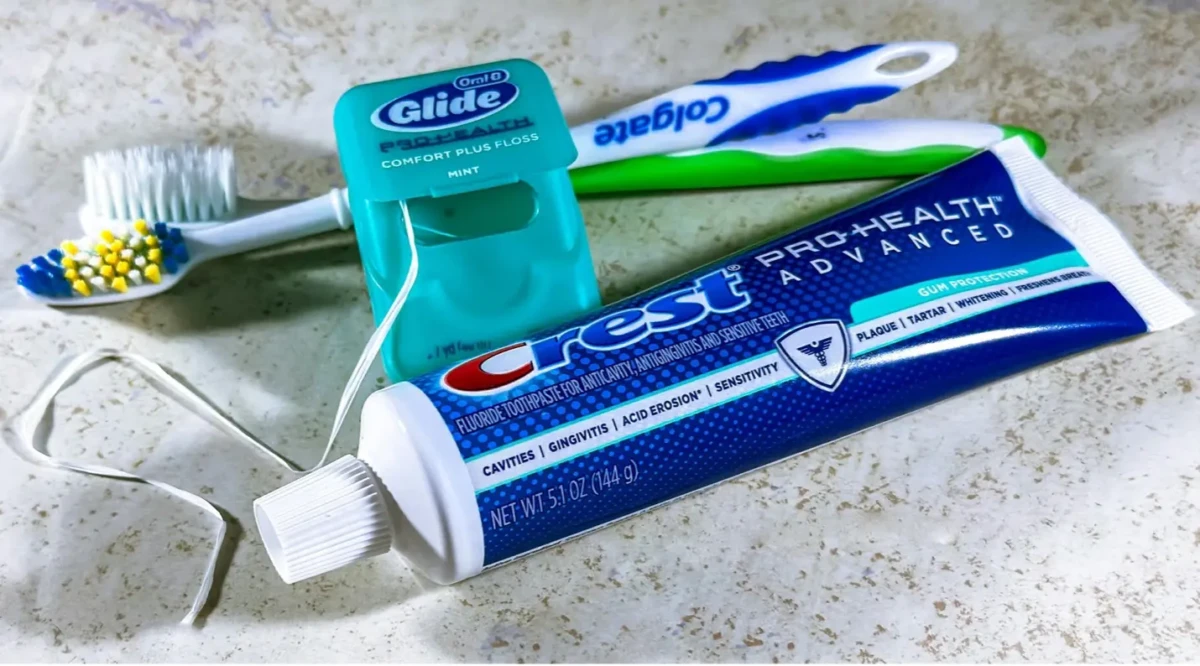Signs Your Oral Health Routine Needs an Upgrade

Maintaining optimal oral health goes way beyond just brushing your teeth twice daily and checking it off your to, do list. Your mouth is actually a dynamic environment that’s constantly changing based on your habits, what you eat, how old you are, and your overall health. As life throws new things your way, your dental […]